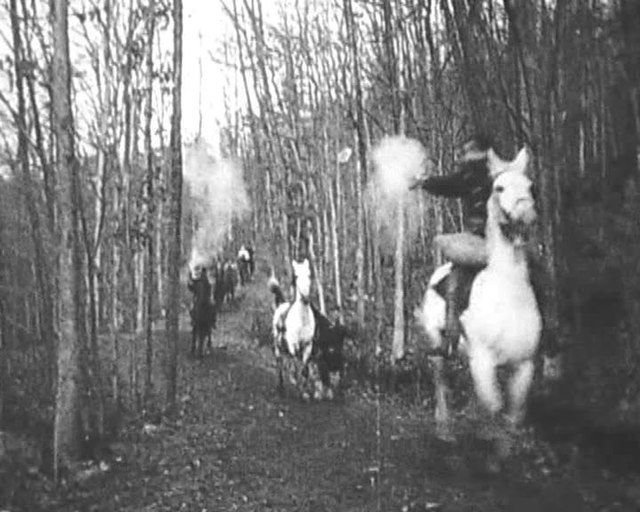A film transition is a technique used in the post-production process of film editing and video editing by which scenes or shots are combined. Most commonly this is through a normal cut to the next shot. Most films will also include selective use of other transitions, usually to convey a tone or mood, suggest the passage of time, or separate parts of the story. These other transitions may include dissolves, L cuts, fades, match cuts, and wipes.
A video editing suite
A film editor at work in 1946.
Film editing is both a creative and a technical part of the post-production process of filmmaking. The term is derived from the traditional process of working with film which increasingly involves the use of digital technology. When putting together some sort of video composition, typically, you would need a collection of shots and footages that vary from one another. The act of adjusting the shots you have already taken, and turning them into something new is known as film editing.
A film editor at work in 1946
Screenshot from The Four Troublesome Heads, one of the first films to feature multiple exposures.
Scene from The Great Train Robbery (1903), directed by Edwin Stanton Porter
The original editing machine: an upright Moviola.





